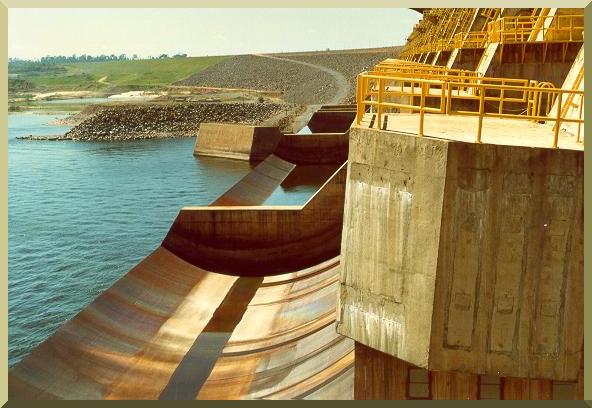|
In the summer of 2002, while researching
the writing of Milestones of Hydrology.
In an effort to tell the story accurately,
I consulted several books and, to my surprise, learned
that Froude had not developed the Froude number per se.
Froude's major work,
published in 1861,
had dealt with the hydrodynamics of ship stability.
Between 1863 and 1867, Froude showed that scaling between model
and prototype
was possible only when the speed (V) of the ship
was proportional to the square root of its length (L).
He called this concept the "Law of Comparison." The
constant of
proportionality k [with dimensions L1/2 T -1]
is the number that applies to both model and prototype.
V = k L1/2
Froude's contributions to society, however, were of such importance
that he was highly regarded by his peers.
After his death, to honor his memory, they
attributed to him the concept which now bears his name. This concept states
that the mean velocity V of the flow [L T -1 units] is proportional to the relative
celerity of dynamic waves:
V = F (gD)1/2
in which F = Froude number, dimensionless; D = hydraulic depth [L units];
and g =
gravitational acceleration [L T -2 units].
| ||
|
|
